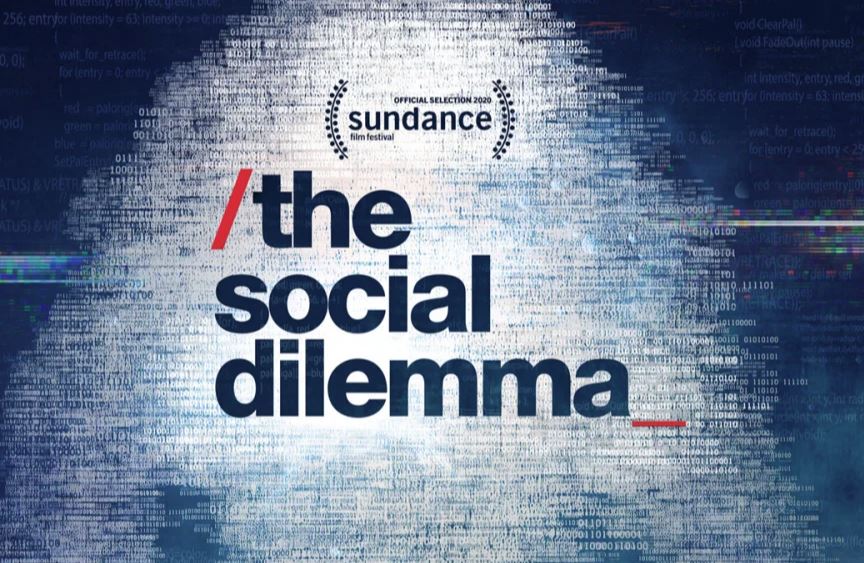This post was originally published on this site
Addiction Recovery Bulletin
Watching Netflix’s The Social Dilemma was interesting and disturbing. It was interesting to see how it was constructed but disturbing to see that many of the psychological techniques it vilified were used to tell its own story. As a persuasive piece of media, it is very successful: Part documentary, part drama, it hits all the anxiety triggers of the last few years. The content is compelling and frightening—and also one-sided. The issues raised are serious and important, but not new. The call to action is to put down your smartphone and back away, not slowly but post-haste. Not only is that totally unrealistic, but it also leaves people less equipped and more afraid, especially during a pandemic when technology can be a lifeline.
There are a lot of smart people interviewed in The Social Dilemma. Many were part of the crowd that developed the technology and processes they are currently eschewing. Many of the arguments are solid but incomplete. The research is cherry-picked, correlations are presented as causal, and—my personal peccadillo as a psychologist—the word addiction is used liberally without regard for diagnostic criteria. The film does, however, push a lot of emotional buttons and activate a powerful mental model equating social media use with the stigma of “mental illness.” By the time you hear all the experts, you lose sight of where the responsibility should lie and what voices might be missing. You’re firmly in OMG-land.
It’s sort of ironic to be psychologically manipulated by a piece of media warning you about the psychological manipulation of other media. Here are some of the ways The Social Dilemma used your brain to get the job done.
The Power of Story
First, it was a documentary with dramatized narrative segments: It told a story. We were introduced to a family with clearly designated stereotypical roles, such as the poor mother powerless to control her children’s behavior, much less their social media use; the older sister who is clearly the only one who really understands what’s going on; and the younger brother, Ben, the main protagonist, who is used to illustrate a series of social media-related problems of increasing intensity. Their story humanizes the issues in ways the interviews can’t. It creates a journey for us to take and offers characters for us to relate to as it lays out the not-so-subtle signals of pending disaster.
Authority and Social Proof
Each episode of the family’s drama is framed by an interview with an authority figure or two—smart, talented, and successful people who were intimately involved in the creation of these technologies and how they work. Using an authority to validate and persuade is a common strategy in marketing communications. From Stanley Milgram’s shock experiments to the present, research shows that individuals change their ideas and actions to align with a perceived authority or someone whose opinion they value. The large group of experts amplifies this influence because not only are they authorities, but there are a lot of them. If we didn’t believe an expert or two at the start of the documentary, the continuous confirmation of the message by so many august personages provides the social proof to validate the information.
